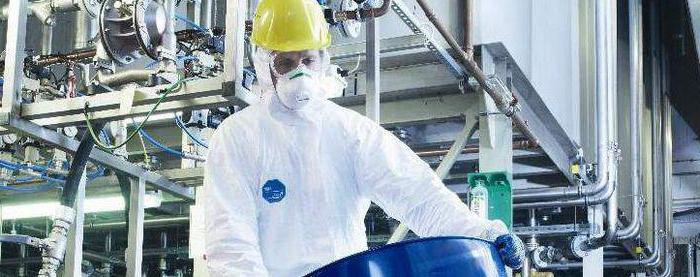In 2003, on July 1, the Federal Law came into force, defining the foundations of technical regulation. Within the framework of the law, a new system for establishing standards for production processes, products, services and works has been created. The Federal Law is focused on the formation of a unified policy in the field of standardization, technical regulation and certification. 
Objectives of the Law
With the adoption of this Federal Law, new regulations have appeared. First of all it technical regulations which significantly change the current economic life in the country. Today they act as the basic rules and standards in accordance with which state supervision and control, accreditation, and measures to confirm conformity are carried out. The goals of technical regulation are to form a mechanism to ensure the protection of people's health and life, protect the environment, and maintain the state’s defense capabilities. Creating a system of regulations ensures technological security in the country. The adopted law is aimed at protecting domestic scientific developments and using the results of intellectual activity in national interests.
The concept of technical regulation
This system involves the use of legal tools to implement the socio-economic tasks of the country. Within the framework of the institute, subjects are compelled to comply with certain norms. In case of violation of the established rules, specialized government agencies apply official sanctions to individuals. In the aforementioned Federal Law, technical regulation is defined as legal regulation of relations in the field of establishment, use and enforcement of mandatory standards:
- To the products.
- Production processes.
- Operation.
- Shipping.
- Storage.
- Recycling.
- Implementations.
- The performance of services / work.
In a simplified form, technical regulation can be defined as mandatory non-financial conditions for business established by the state. The system under consideration also includes assessing the conformity of processes, goods, services and works with accepted standards and monitoring their compliance. In addition to the mandatory laws, the legislation also contains voluntary rules that apply to business activities of entities. 
Principles of Technical Regulation
The key point in the system is the legitimacy of all restrictions adopted in relation to entrepreneurship. The declaration of the main aspects in normative acts entails the need for their practical implementation during the organization of regulation, the development of documentation and the direct work of subjects. Among the basic provisions of the system should be noted:
- Unity of rules for setting standards and norms. This means that the requirements of technical regulation are formulated in the same way, regardless of the type of process, type of product, ownership of the enterprise, legal status of the developer of the regulation, the entrepreneur who manufactures the goods or provides services.
- Correspondence of the system to the level of development of the material base, economy, scientific and technological revolution. National standards and the rules of the regulations must be feasible in the existing conditions at the time of their adoption.When approving them, it is necessary to take into account the achieved level of industrial development, the availability of materials and equipment with the proper properties, the degree of informatization, and the nature of technological processes.
- Independence of authorized bodies from purchasers, performers, manufacturers and sellers. Structures whose competence includes standardization and accreditation should not be associated with these entities with any obligations other than those permitted by law. Employees of authorized bodies should be protected from attempts to undue pressure or other influences that could affect the decisions they make. The leaders of these structures should develop appropriate measures that are aimed at preventing employees from entering into illegal transactions with entities interested in the results of standardization or accreditation.
- Unified system of rules. Accreditation of testing centers and laboratories, certification bodies, organization of measurements and tests, documentation shall be carried out in a uniform manner.
- Unity of application of norms. Technical regulation covers all objects and areas of activity prescribed by law, regardless of the characteristics and types of transactions.
- Inadmissibility of restriction of competition during certification and accreditation. This provision means that, within the framework of these procedures, benefits should not be created for individual applicants, artificially slow down or speed up decision-making unreasonably.
- Inadmissibility of combining the functions of the state control structure and the certification body. The authority of these institutions includes the control of products and other facilities. However, its level has certain limitations. The state supervision checks the work of the certification body. The latter, in turn, controls the implementation of decisions made by him.
- Inadmissibility of combining powers for certification and accreditation by one body. This provision establishes a ban on the possibility of one structure to be both an executor and a controller.
- Inadmissibility of off-budget financing of state control. This provision prohibits the influence of private capital on government activities.
Regulations
The principles of technical regulation are the basis for their development. The regulation is a regulatory document adopted in accordance with an international treaty, the Federal Law, a presidential decree, and a government decree. It establishes requirements for the objects of regulation. The provisions of the regulation are mandatory for application and implementation by all entities engaged in controlled activities. The approval of these documents is aimed not only at protecting the life and health of people and the environment, but also at preventing illegal actions that could lead to negative consequences for consumers. 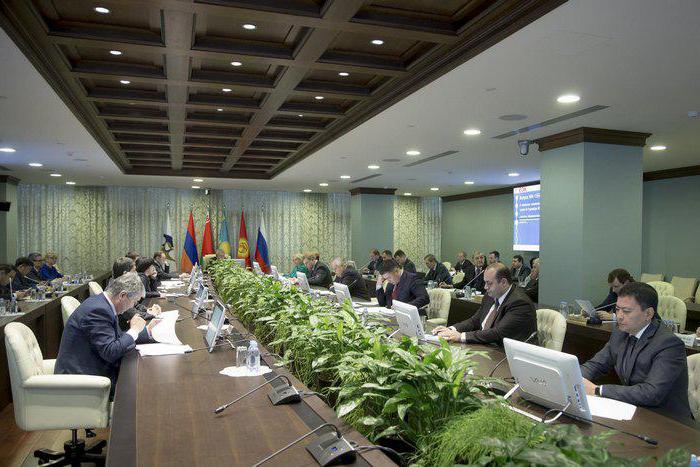
Content Features
The regulations should establish the minimum necessary standards by which security will be ensured on certain specific issues. The requirements provided for in the documents should not be exaggerated relative to already approved standards. Otherwise, they may become an obstacle to the implementation of free enterprise. So, for example, during the development of regulations, decisions may arise that domestic manufacturers can be placed in less favorable conditions in comparison with foreign ones. In this regard, in the process of harmonizing safety indicators and performing expert assessments, the principles of competition law must be strictly followed. The regulation should list all the objects to which it applies. The document should also prescribe the rules for their identification.In addition, the following information is included in the regulation:
- Forms and rules of conformity assessment, schemes for its confirmation.
- The maximum allowable assessment time for each object.
- Terminology explaining the definitions used in the regulation.
- Requirements for containers, the method of its execution and design, labels or marking, the rules for their application.
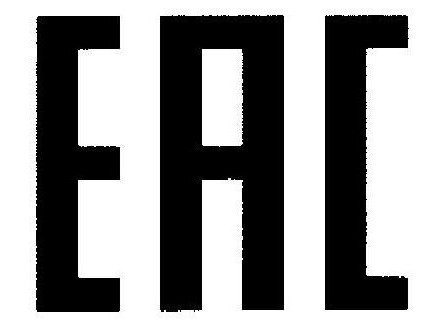
Special provisions
The regulation may contain special requirements for production processes, products, storage, operation, disposal, sale, transportation, terminology, labels, labeling, rules for applying them, depending on the climatic and geographical features of the territory in which the activity is carried out. This is due to the fact that objects released in such areas may pose an increased danger to consumers. Special requirements, for example, include veterinary and phytosanitary measures.
Classification
Technical regulation may be carried out by general or special regulations. The first category of documents establishes standards that are mandatory for all controlled processes and objects. Special regulations carry out technical regulation of products, the safety of which is not ensured by the general provisions. They are direct regulatory documents. The provisions of special regulations shall not contradict the requirements of acts of general effect. The latter, issued in the form of the Federal Law, include the basic norms that apply to a wide range of objects. The Federal Agency for Technical Regulation and Metrology indicated in its explanations that the number of regulations could be about 1.5 thousand. It approximately corresponds to the number of types of commercial activity. 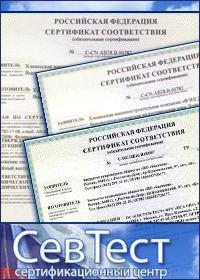
Norm development
As mentioned above, technical regulations are adopted in accordance with international treaties, presidential decrees, government decrees, and federal laws. A draft document can be developed by any entity, regardless of the type of process and products, legal status and form of ownership. Providing such an opportunity, of course, is democratic and allows you to fully realize the intellectual potential.
One of the main principles in the development of regulations is publicity. It is necessary that at each stage of the formation of a new regulatory system, the whole society as a whole and government agencies in particular should be informed in detail about the progress of the process, the presence of contradictions, and become familiar with the proposals of various authors. Discussion and approval of the regulations are carried out in the State Duma. However, the project must first be prepared.
Key stages
Technical regulation and metrology are specific areas of government activity. They imply the establishment of certain norms taking into account the opinion of the public, the specifics of controlled objects and processes. In this regard, the procedure for the development of regulations includes a number of mandatory steps. One of them is the publication of a project notice in an official publication issued by the Federal Agency for Technical Regulation and Metrology. In addition, the notice is placed in the information database in electronic form (on the Internet). The notice must contain information about the products / process for which the regulations are being developed. It also introduces the rationale for creating a regulatory document. The notification should contain indications of the differences between the new regulation and international standards already in force in the country. Without fail, the publication contains the details of the developer, explains how to familiarize yourself with the project. The author must, within 2 months, make adjustments to the regulations taking into account the proposals received during the discussion.After completion of all preparatory procedures, the project is submitted to the State Duma. 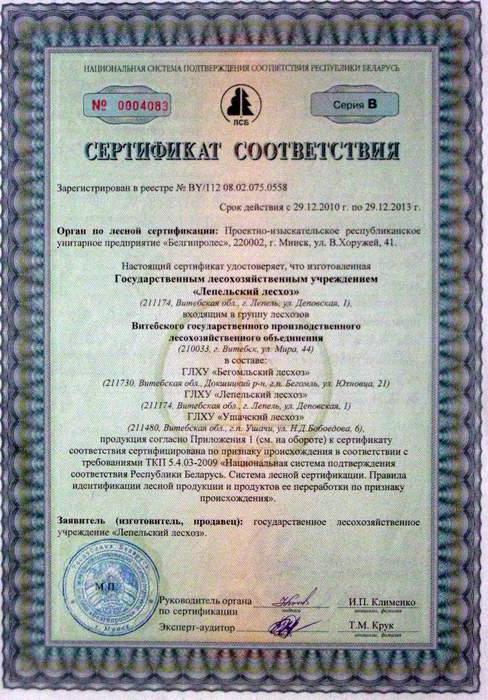
Rosstandart
This body provides public services, manages state property in the field of metrology and technical regulation. Since 2004, Rosstandart has been under the jurisdiction of the RF Ministry of Industry and Trade. The official name of this body is the Federal Agency for Technical Regulation and Metrology. This executive structure:
- It implements the tasks of a competent administrative institute in accordance with the agreement on the adoption of uniform requirements for wheeled vehicles, equipment elements and parts that can be installed on them, on the conditions for the bilateral recognition of statements issued on the basis of these requirements, signed on March 20, 1958 in Geneva.
- Organizes an expert assessment of draft domestic standards.
- Performs some functions in the field of supervisory activities. For example, the Federal Agency for Technical Regulation checks the compliance of products with the provisions of certain regulations.
- Manages a number of public services. In particular, the agency for technical regulation controls the work of the center of time, determining the parameters and frequency of rotation of the Earth, the constants and properties of materials and substances, etc.
In addition, this body maintains a state information fund of standards and regulations.
